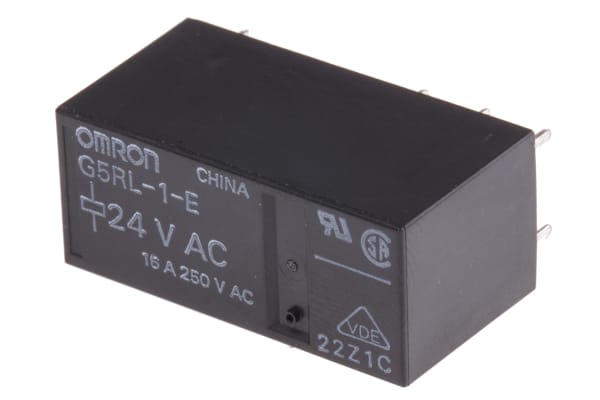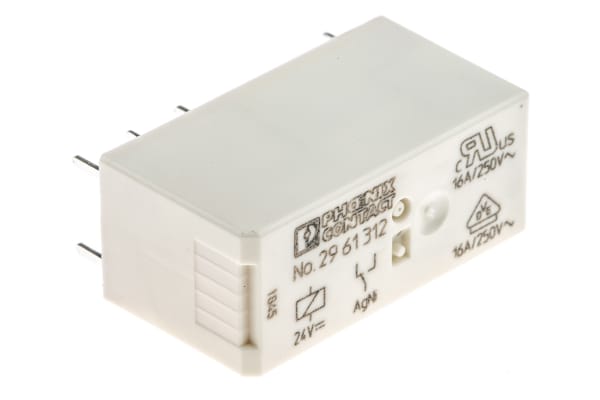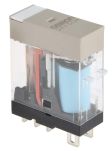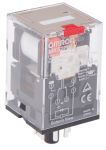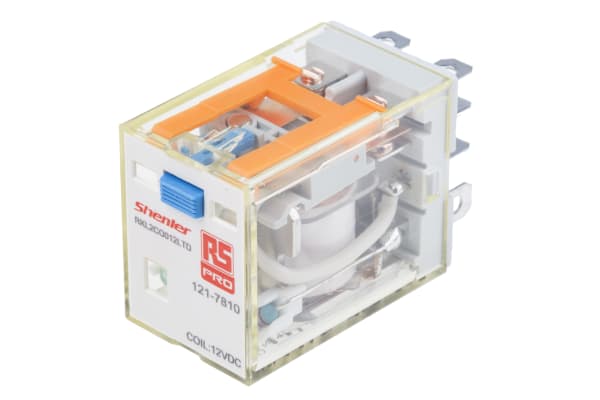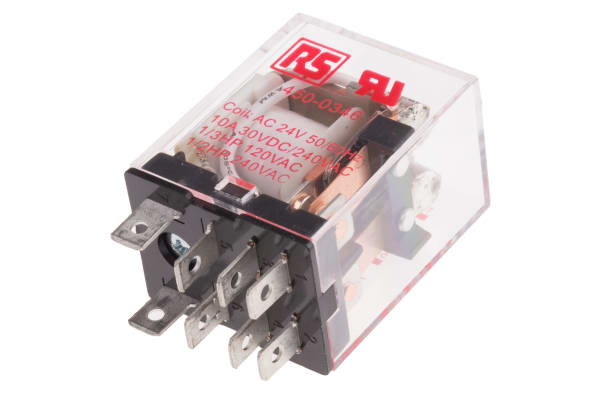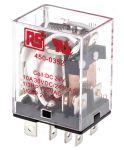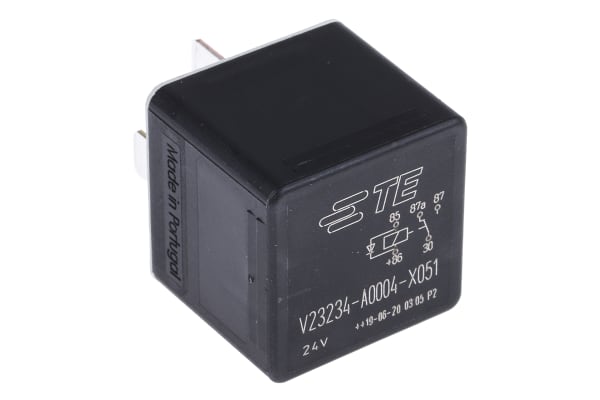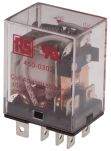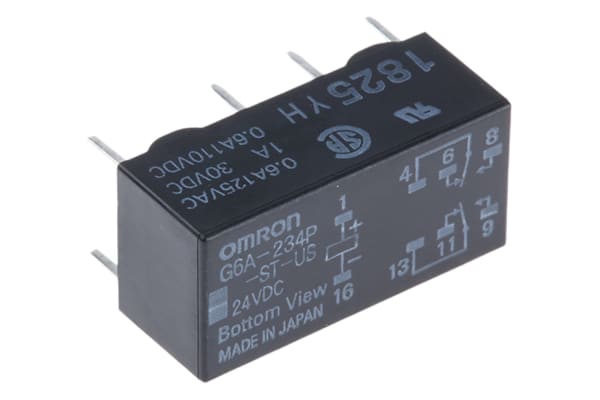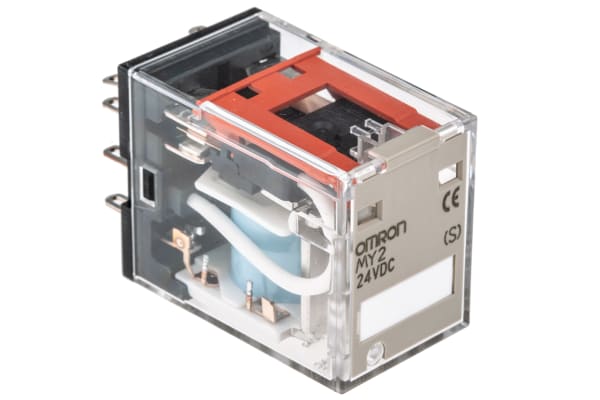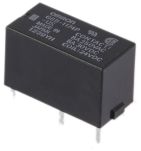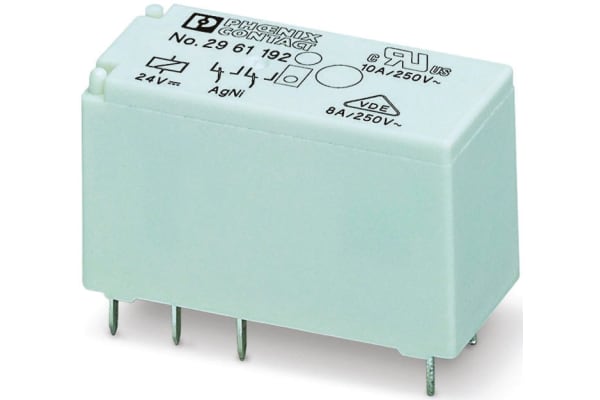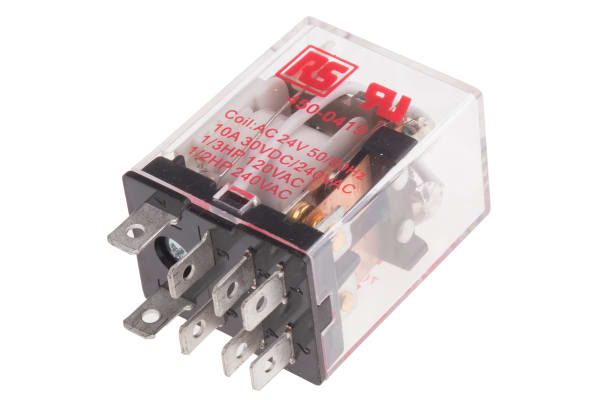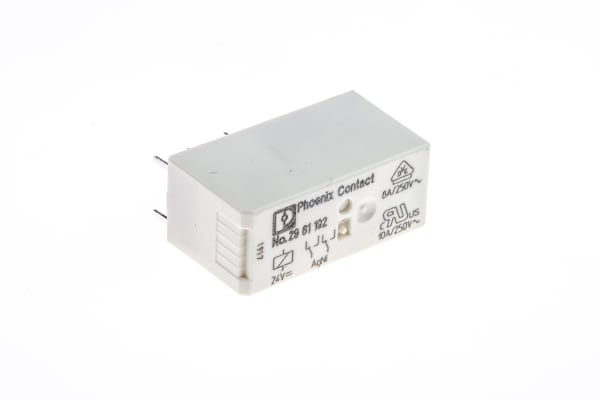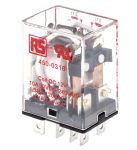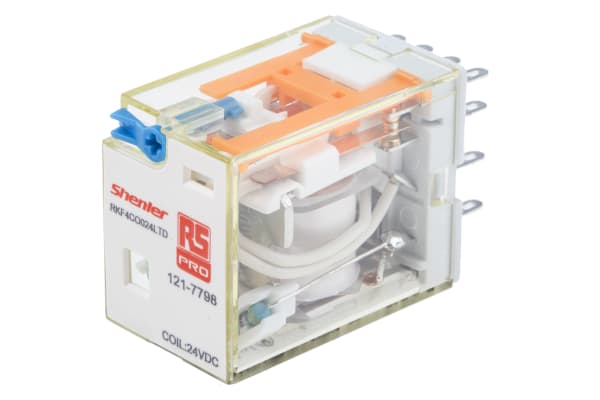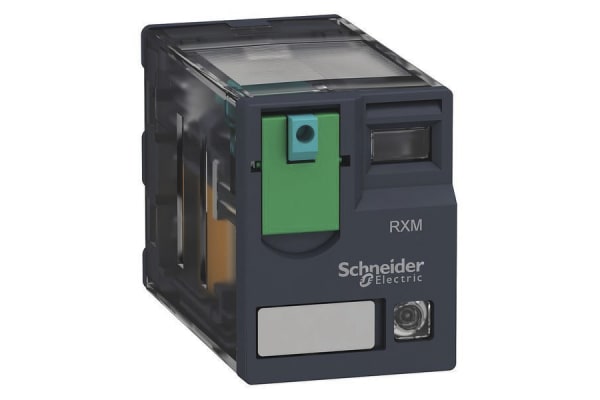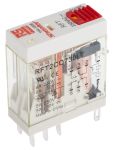Non-Latching Relays
Relays are electrical switches that are operated by electrical impulses with the primary function to open and close a circuit, they can also be referred to as industrial switches. There are 2 main types available, latching and non–latching relays.How do non-latching relays work?Non-latching relays are in a normally closed (NC) position and will stay in this state without power. When power passes through the circuit, the relay switched to a normally open (NO) position by using an internal coil to generate a magnetic force, holding this NO position. Once the current is turned off, it returns to the NC position. This makes non-latching relays well suited to push-button applications like keyboards and micro-controller input buttons.What are non-latching relays used for?Non-latching relays are highly durable and versatile components, making their performance long lasting and suitable for use in a wide range of applications, such as:Automotive enginesHousehold appliancesIndustrial machineryMedical equipmentTelecommunications equipmentWhat is the difference between latching and non-latching relays?Both types of relays in similar in design and function, however, a significant difference between them is that a latching relay will remain in the last position it when it was last powered, whereas a non-latching goes back to its normal position. This makes each more type of relay suitable for different applications. Considerations when selecting a relayWhen choosing a relay, it is important to consider a number of specifications to ensure it is fit for purpose, some factors include:Coil voltage – the required voltage to actuate the switching mechanism. If a voltage is too high this could damage the components, if it is too low then it will not actuate. Contact configuration – This is the state the contacts are in without power. For example SPST, single pole single throw.Contact material – the relay contacts are available in many materials that have certain properties. Common materials are gold, silver, tin oxide and nickel Coil power – the amount of power (watts) the coil operates at. This must match the power in the circuit for correct function. Coil resistance – the amount of resistance (ohms) in the circuit that the coil creates.
-
Omron, 24V ac Coil Non-Latching Relay SPDT, 16A Switching Current PCB Mount Single Pole, G5RL-1-E AC24
IDR130,273.38 -
Phoenix Contact, 24V dc Coil Non-Latching Relay SPDT, 16A Switching Current PCB Mount Single Pole, 2961312
IDR133,000.52 -
Omron, 24V dc Coil Non-Latching Relay SPDT, 6A Switching Current Plug In Single Pole, G2R-1-S 24DC(S)
IDR146,111.77 -
Omron, 230V ac Coil Non-Latching Relay DPDT, 10A Switching Current Plug In, 2 Pole, MKS2PIN AC230
IDR143,174.85 -
RS PRO, 12V dc Coil Non-Latching Relay DPDT, 10A Switching Current Plug In, 2 Pole
IDR111,812.74 -
RS PRO, 24V ac Coil Non-Latching Relay DPDT, 10A Switching Current Plug In, 2 Pole
IDR141,496.61 -
RS PRO, 24V dc Coil Non-Latching Relay DPDT, 10A Switching Current Plug In, 2 Pole
IDR132,476.07 -
TE Connectivity, 24V dc Coil Automotive Relay SPDT, 50A Switching Current Plug In Single Pole, 2-1904025-3
IDR123,665.31 -
Phoenix Contact, 24V dc Coil Non-Latching Relay DPDT, 50mA Switching Current PCB Mount, 2 Pole, 2961215
IDR150,622.04 -
RS PRO, 110V ac Coil Non-Latching Relay DPDT, 10A Switching Current Plug In, 2 Pole
IDR135,308.10 -
Omron, 24V dc Coil Non-Latching Relay DPDT, 2A Switching Current PCB Mount, 2 Pole, G6A-234P-ST-US 24DC
IDR106,673.13 -
Omron, 24V dc Coil Non-Latching Relay DPDT, 10A Switching Current Plug In, 2 Pole, MY2 24DC (S)
IDR175,900.53 -
Omron, 24V dc Coil Non-Latching Relay SPNO, 8A Switching Current PCB Mount Single Pole, G6B-1174P-US 24DC
IDR90,520.07 -
Phoenix Contact, 24V dc Coil Non-Latching Relay SPDT, 50mA Switching Current PCB Mount Single Pole, 2961545
IDR113,595.87 -
RS PRO, 12V dc Coil Non-Latching Relay 4PDT, 5A Switching Current Plug In, 4 Pole
IDR154,188.30 -
RS PRO, 24V ac Coil Non-Latching Relay DPDT, 10A Switching Current Plug In, 2 Pole
IDR136,357.00 -
Phoenix Contact, 24V dc Coil Non-Latching Relay DPDT, 8A Switching Current PCB Mount, 2 Pole, 2961192
IDR152,824.73 -
TE Connectivity, 230V ac Coil Non-Latching Relay SPDT, 12A Switching Current PCB Mount Single Pole, RTB14730
IDR113,490.98 -
RS PRO, 12V dc Coil Non-Latching Relay DPDT, 10A Switching Current Plug In, 2 Pole
IDR137,405.90 -
Finder, 12V dc Coil Non-Latching Relay DPDT, 12A Switching Current Plug In, 2 Pole, 56.32.9.012.0040
IDR181,459.70 -
RS PRO, 24V dc Coil Non-Latching Relay 4PDT, 6A Switching Current Plug In, 4 Pole
IDR181,984.15 -
RS PRO, 24V dc Coil Non-Latching Relay DPDT, 10A Switching Current Plug In, 2 Pole
IDR143,804.19 -
Schneider Electric, 24V dc Coil Non-Latching Relay DPDT, 12A Switching Current Plug In, 2 Pole, RXM2AB1BD
IDR146,846.00 -
RS PRO, 230V ac Coil Non-Latching Relay DPDT, 8A Switching Current Plug In, 2 Pole
IDR172,124.49



